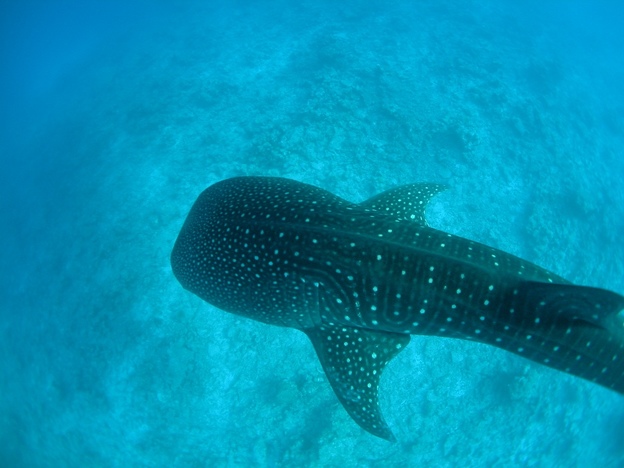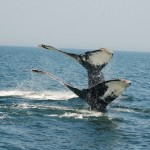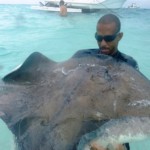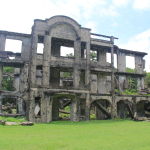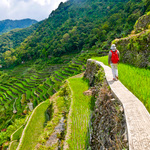Whale sharks are the largest fish in the sea and Donsol, in Bicol, is one of the few places in the world where sightings are guaranteed. Rupert Parker goes swimming with them.
Luzon is the largest island in the Philippine archipelago and is home to the capital, Manila. Around 300 miles to the south is the Bicol Region, largely untouched by mass tourism. I fly into Legazpi City and the tiny airport is dominated by the perfect cone of the Mayon Volcano, at 2,463 metres the most active in the Philippines. Fortunately, today it’s quiet, although I can see wispy puffs of smoke coming out of the top. It’s one of only two active volcanoes in Bicol, the other being Bulusan, in the south of the region.
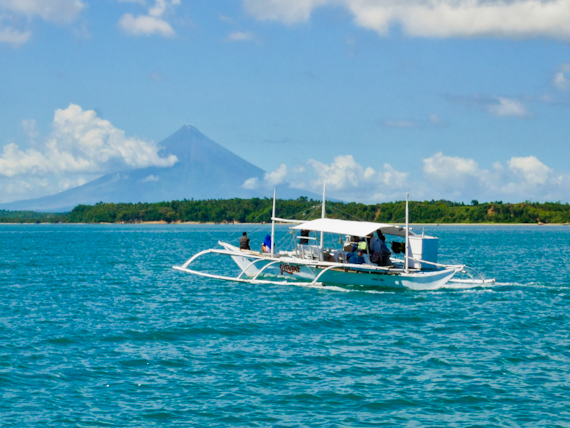
I’m not here for volcanoes, however, but to swim with whale sharks, so I set off on narrow winding roads to Donsol 35 miles away. I’m told that this is one of the few places in the world that can guarantee whale shark sightings from November until June and unlike other locations they don’t throw in feed to attract them. There’s no need as Donsol Bay has a rich supply of plankton and krill, and these huge creatures return every six months to get their fill.
Whale sharks are the largest fish in the ocean, some reported as long as 18m, but in Donsol, their typical size ranges between 4 and 12m. Their mouths are up to 2m across, and contain over 300 rows of thousands of tiny teeth. They’re not used for biting but instead filter the water to retain the nutrients. The shark sucks in a mouthful, closes its jaws and expels the water through its gills, swallowing the good stuff. So, in theory, it’s perfectly safe to get in the water with them.
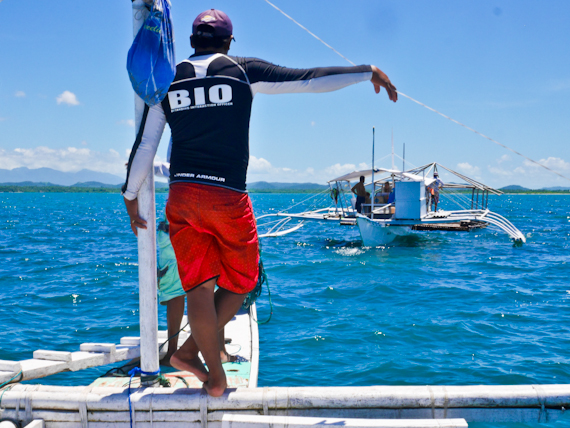
The first recorded sighting was as recent as 1828, but apparently they’ve been around for over 245 million years. They’re now the subject of intense scientific scrutiny using tracking devices and photo identification to find out more about their habits. In Bicol, until recently, they were traditionally killed for food but, with the advent of eco-tourism in the area, that’s now prohibited.
I arrive at the Donsol Eco Tour base and am immediately given a snorkel and flippers, and told to get changed. There’s a quiet confidence that we’ll be lucky with sightings today, but it comes with a warning that it’s not always guaranteed. Before we can get in the water we’re given a safety briefing. This is more for the sharks’ sake than for us – interactions are limited to a few minutes and there’s no touching. In charge is a Batung Interaction Officer, or BIO, and his job is not only to spot the sharks but also to make sure we obey the rules.
It’s a beautiful cloudless day, with no wind, and sea is like a glass. There are six of us in the small boat, lined up in a row on one side, wearing snorkels and flippers. The BIO is sitting on the bows, scanning the surface of the water, and we’re watching him, waiting for a signal for us to jump. It seems like a long wait but suddenly he waves his hand and we tip into the water.
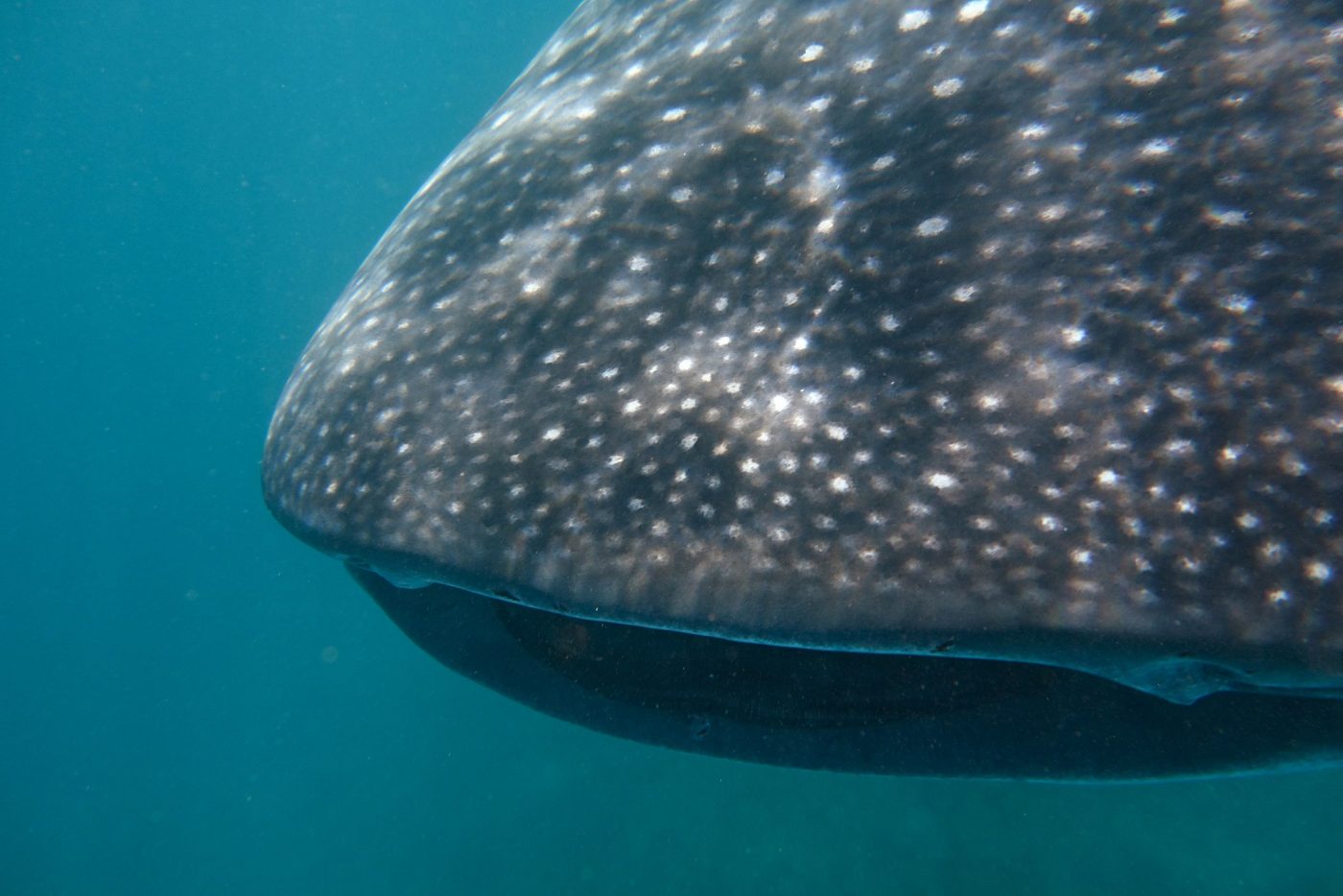
Trying to avoid a mouthful of seawater, I fit the mask over my face and dip my head under the surface. I make out a huge shape, the size of a single decker bus, passing below me. It’s the wide gaping mouth, large enough to swallow me, that makes me hesitate. But I quickly give chase, swimming frantically to keep up. It’s spotted me and starts to dive deeper but otherwise shows no sign of being disturbed. Suddenly I’m swallowing water as I’ve collided with the others, all of course trying to give chase.
We climb back into the boat and there’s a great sense of elation. Over the course of the next hour, we’re lucky enough to get two more sightings and other boats report the same. The Whale Shark is on the endangered species list and only around 1000 of them have been identified worldwide. I feel lucky enough to see have seen three of them.
Tell Me More About Swimming with Whale Sharks in Bicol
Philippine Airlines flies from London to Legazpi City via Manila.
The Siama Hotel near Sogorson City makes a comfortable base to explore Bicol.
It’s More Fun in the Philippines has tourist information.

